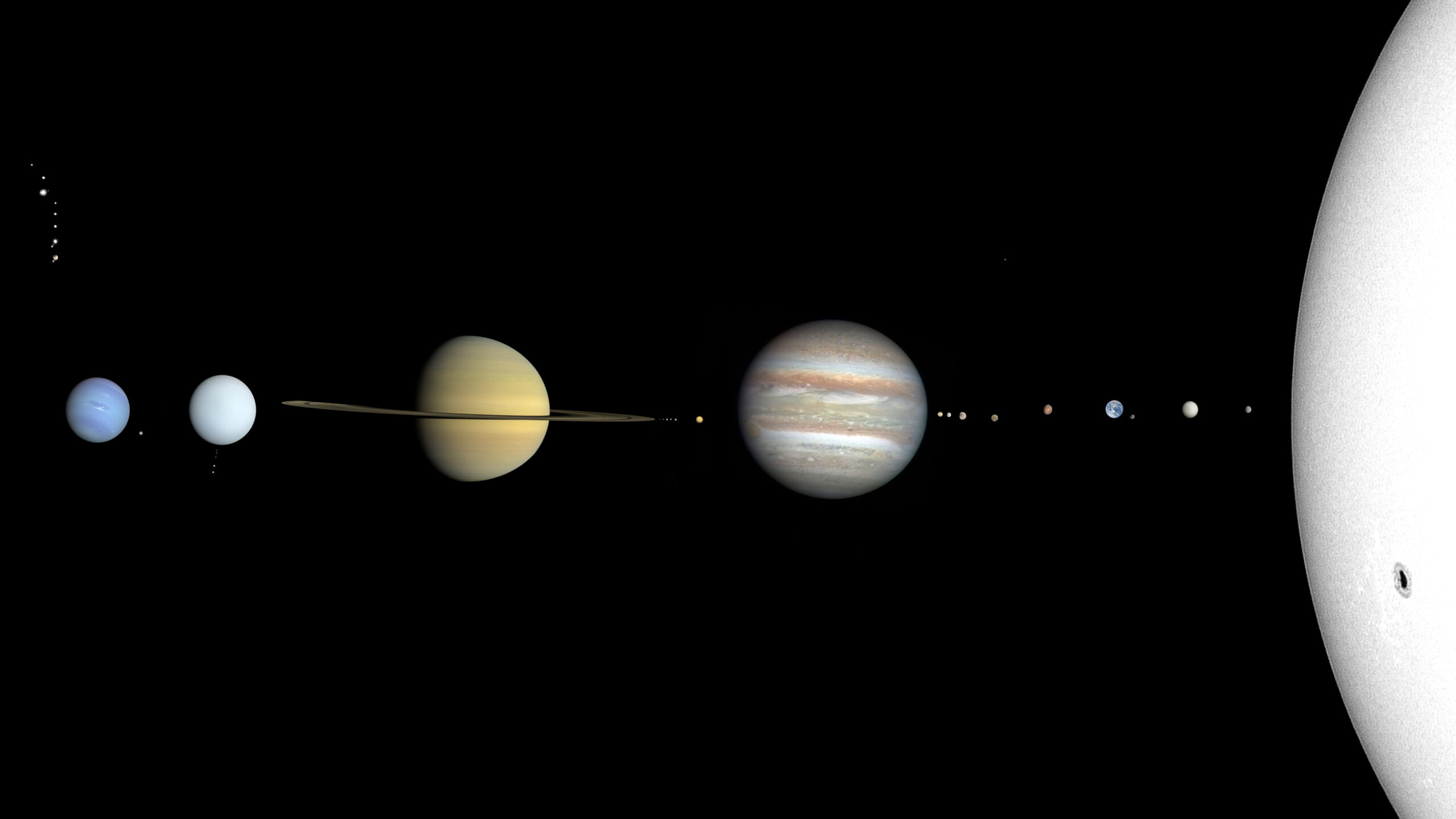The solar system is a planetary system that includes the Sun and all the objects that orbit around it. Our solar system is located in the Milky Way galaxy and is estimated to be approximately 4.6 billion years old. It is home to eight planets, dwarf planets, asteroids, comets, and other celestial bodies. In this blog, we will take a closer look at our planetary system, exploring the characteristics and features of each of the planets and other objects that make up our solar system.
The Sun
The Sun is the largest object in the solar system, accounting for more than 99% of the total mass of the solar system. It is a star that is located at the center of the solar system and is approximately 93 million miles away from Earth. The Sun is a massive ball of gas that is primarily composed of hydrogen and helium. It is also the source of light and heat for all the planets in the solar system.
The Planets
The eight planets in the solar system are Mercury, Venus, Earth, Mars, Jupiter, Saturn, Uranus, and Neptune. These planets are divided into two groups: the inner planets and the outer planets. The inner planets, which include Mercury, Venus, Earth, and Mars, are small, rocky planets that are located close to the Sun. The outer planets, which include Jupiter, Saturn, Uranus, and Neptune, are large gas giants that are located farther away from the Sun.
Mercury is the smallest planet in the solar system and is located closest to the Sun. It has a rocky surface and is heavily cratered. Venus is the second planet from the Sun and is similar in size and composition to Earth. However, its thick atmosphere of carbon dioxide makes it the hottest planet in the solar system.
Earth is the third planet from the Sun and is the only planet known to support life. It has a complex ecosystem that is home to millions of species of plants and animals. Mars is the fourth planet from the Sun and is known as the “Red Planet” because of its reddish appearance. It has a thin atmosphere and a surface that is covered in iron oxide, giving it a reddish hue.
Jupiter is the largest planet in the solar system and is known for its giant red spot, a massive storm that has been raging for centuries. It is composed mainly of hydrogen and helium and has dozens of moons. Saturn is known for its beautiful rings, which are made up of ice and dust particles. It is the second-largest planet in the solar system and has a complex system of rings and moons.
Uranus is the third-largest planet in the solar system and is known for its blue-green color. It has a tilted axis that causes it to rotate on its side. Neptune is the farthest planet from the Sun and is known for its blue color. It has a thick atmosphere of hydrogen, helium, and methane and has a complex system of rings and moons.
Other Objects
In addition to the planets, the solar system is also home to dwarf planets, asteroids, comets, and other celestial bodies. Dwarf planets are similar to planets but are smaller and less massive. There are currently five recognized dwarf planets in the solar system: Ceres, Pluto, Haumea, Makemake, and Eris.
Asteroids are small, rocky objects that orbit the Sun.There are millions of asteroids in the solar system, ranging in size from tiny grains of dust to objects more than 600 miles in diameter. Some asteroids have even been visited by spacecraft, such as the asteroid Eros, which was visited by the NEAR Shoemaker spacecraft in 2001.
Comets are small, icy objects that originate in the outer regions of the solar system. They have highly elliptical orbits that take them close to the Sun and then back out into the outer solar system. As they approach the Sun, the heat causes the ice to vaporize, creating a bright coma or tail that can be visible from Earth.
Other celestial bodies in the solar system include moons, which are natural satellites that orbit planets and dwarf planets. Some planets, such as Jupiter and Saturn, have dozens of moons, while others, such as Mercury and Venus, have none.
Conclusion
In conclusion, the solar system is a vast and fascinating place, full of a diverse range of celestial objects. From the massive gas giants to the tiny asteroids, each object in the solar system has its own unique characteristics and features. By studying the solar system, scientists can gain a better understanding of how the universe works and how life on Earth came to be. It is truly a remarkable and awe-inspiring sight to behold.


